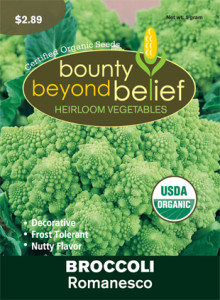Heads up . . . Danger
Watch Out For Hawks
by Sandy Swegel
It is, alas, another snow day in Colorado. May 1st brought us 12 inches of snow. We’re so happy for the moisture but very grumpy about not being able to play in the dirt. Gardeners most often have our heads close to the ground. We’re weeding or digging or looking for bugs or vegetables. Sometimes after an entire day nose to the ground, I have to remind myself to “Look Up” There’s a whole world up there.
My favorite look-up experience was another May when I had scored some free leftover tulip bulbs at the Garden Center and was planting them not knowing but would happen. (Incidentally, they immediately started making roots and a few bloomed in July!) It was a fun day because I had five adorable foster kittens that had lost their mom and were living with me until they weighed two pounds when they could be adopted. So this was about as magical a May Day as there could be….planting tulip bulbs out of season and having tiny kittens leaping about in the dirt. Suddenly out of the corner of my eye, an ominous shadow crossed over where I was digging. How odd I thought. I hadn’t seen clouds. Then the shadow appeared again. I looked up. And there was a large hawk circling down hoping to snag tender morsels of kittens for lunch! I threw down the bulbs, frantically stuffed squirming bundles of kittens in my shirt and ran for the house.
Now I look up all the time. Most days there are hawks, owls and even eagles atop every utility pole and treetop scanning the land for food. Even most fence posts have smaller birds looking for worms. Cranes lurk over the marsh. Nature is fraught with danger in ways civilized gardeners have forgotten. Frankly, we’re all being hunted. My cat is stalking the mice that hide under the chicken coop. The neighbor’s dog has a firm eye on the squirrel in the tree. I can see footprints in the snow that showed the fox came from the thicket to make her early morning walk around the chicken coop just in case a chicken was loose. Thank God the lions and tigers and bears aren’t living in the woods. Well, wait, the mountain lions and bears are. Be careful out there.


